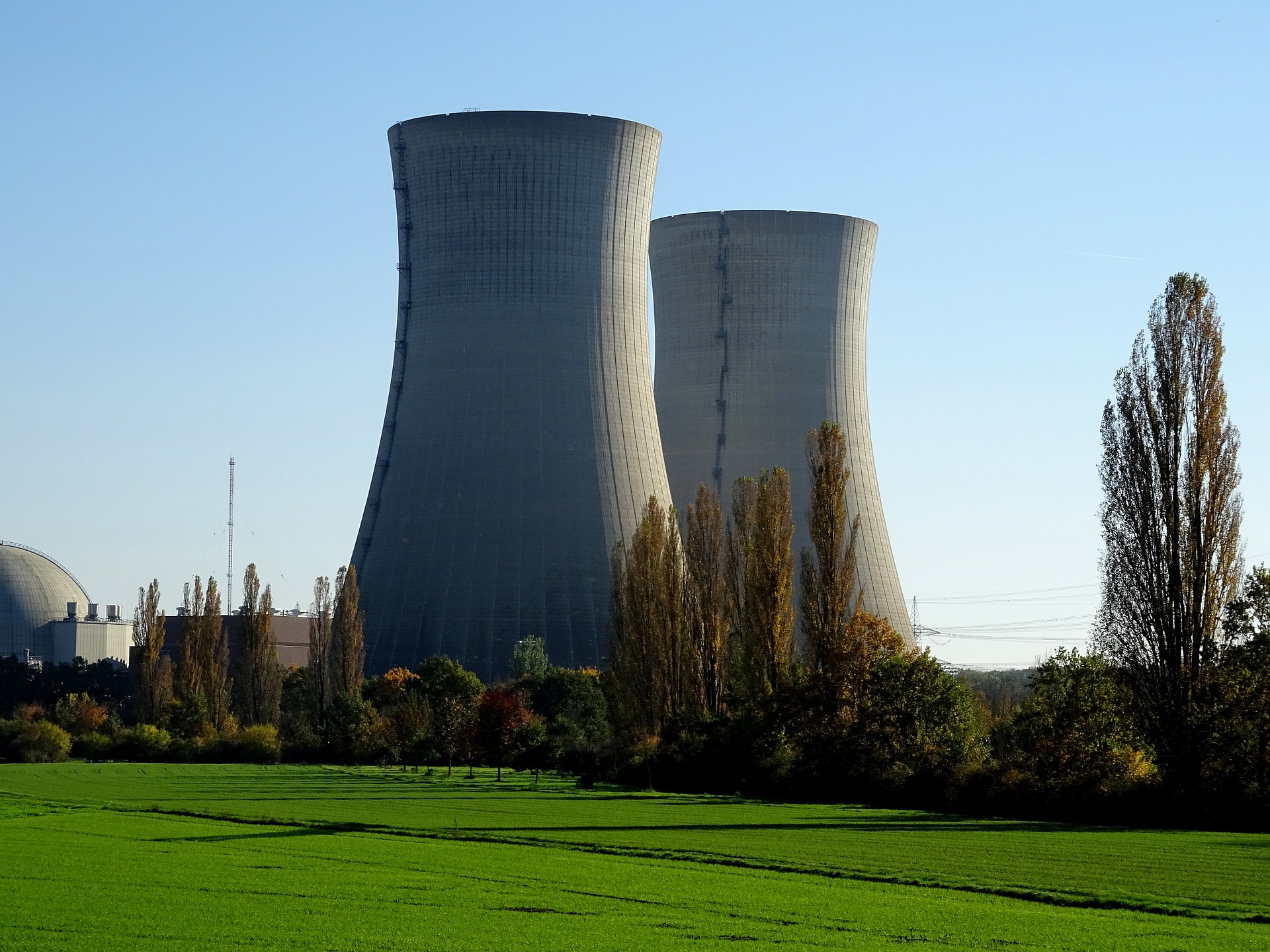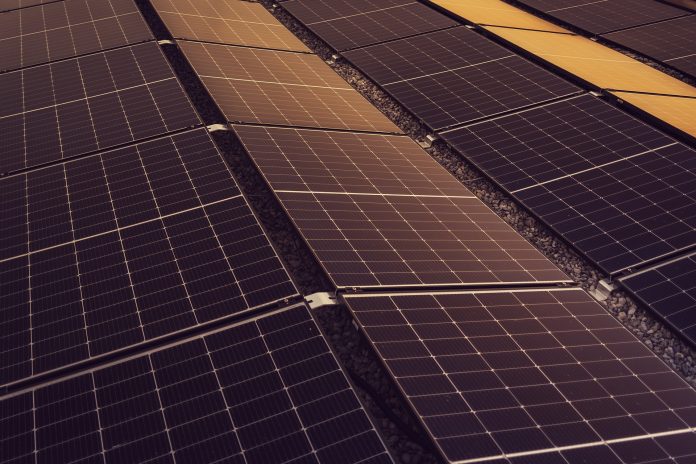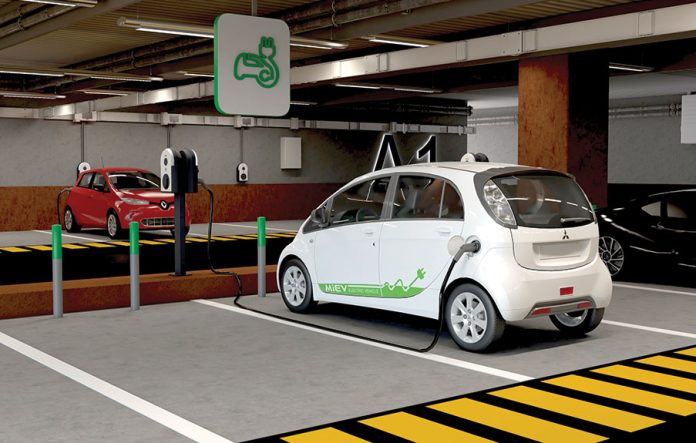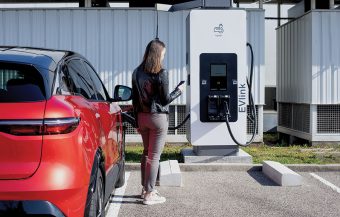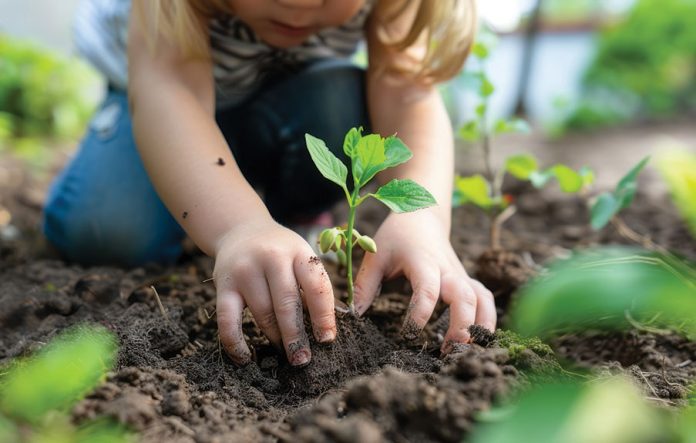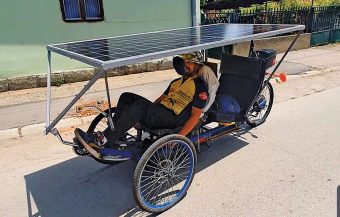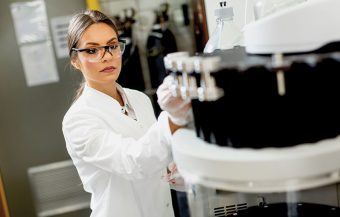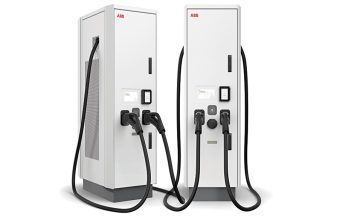Although the Balkans are characterized by a temperate climate, in recent years, we have increasingly faced frequent and intense weather extremes. Extended dry periods are interrupted by heavy rains causing floods, and the beginning of January has been marked by spring-like temperatures. When we turn the globe and look at the other side, in the United States, we observe even more dramatic climatic extremes currently taking place.
On the west coast of the United States, in Los Angeles, a wildfire broke out on Tuesday morning and spread to nearly 3,000 hectares in the Pacific Palisades in less than 24 hours. This fire has been described as the worst in Southern California since 2011. In the same area, three additional fires have been reported, one of which has burned over 2,000 hectares. These events have been exacerbated by strong winds reaching speeds of up to 145 kilometers per hour. Due to these conditions, the use of planes and helicopters to extinguish the fires has been severely hindered. The city of Pasadena issued an emergency alert regarding the safety of drinking water, advising residents to use only bottled water for all purposes.

Moving towards the eastern part of the United States presents a completely different picture. In almost the same time frame, a powerful winter storm struck the eastern region, bringing blizzards, heavy snowfall, and extremely low temperatures. Areas affected include Kansas, Missouri, Maryland, Virginia, and others. Extreme weather conditions led to airport closures, temperatures nearing -20 degrees Celsius, impacting around 60 million people, and causing power outages.
Some areas declared states of emergency, and meteorologists warned that this winter storm could be the harshest in the past decade, forecasting another storm likely to bring even more snow from Friday to Saturday.
The impact of climate change is evident in the fact that Texas, known for its typically mild winters, is also under a weather warning.
These events serve as a reminder of the power and unpredictability of nature while urging us to act in the fight against climate change and strive for a future where such extremes are exceptions rather than the norm.
Katarina Vuinac



